The Future of the Office: The Impact of Cloud-based Work
EPA System / News & Eventi

In the rapidly evolving business landscape, the traditional concept of a physical office is beginning to give way to new working models. A trend gaining ground is cloud-based work, a mode of work that allows employees to access company data and applications from anywhere with an internet connection. In this article, we will explore how cloud-based work is redefining the future of the corporate office.
Flexibility and Remote Work
Cloud-based work enables work flexibility. Employees can access data and work on projects from home, during business trips, or from any other location, making remote work an accessible reality. This can improve work-life balance and reduce the need for costly physical office infrastructure.
Cost Reduction and Accessibility
Traditional offices require significant investments in infrastructure, space, and equipment. Cloud-based work reduces these expenses, allowing companies to save on operational costs. Furthermore, with the cloud, small businesses can access enterprise-level IT resources without the need for costly data centers or hardware.
Security and Collaboration
Cloud-based work requires particular attention to data security. However, many cloud platforms offer advanced data security and encryption levels. This can be more effective than what most small and medium-sized businesses can achieve with limited resources. Additionally, collaboration among employees, teams, and company branches is simplified with cloud tools dedicated to document sharing and communication.
Challenges and Considerations
Despite the many advantages, cloud-based work raises some challenges, including data security issues, regulatory compliance, and reliable internet accessibility. Moreover, the aspect of remote work requires careful management to ensure employee productivity and engagement.
In conclusion, cloud-based work is redefining how companies envision their office. It offers greater flexibility, increased accessibility, reduced operational costs, and advanced collaboration tools. However, it is essential to address the challenges and considerations associated with this transition. The future of the office appears to be a more flexible and technologically advanced place, capable of adapting to the evolving needs of the modern workforce.


